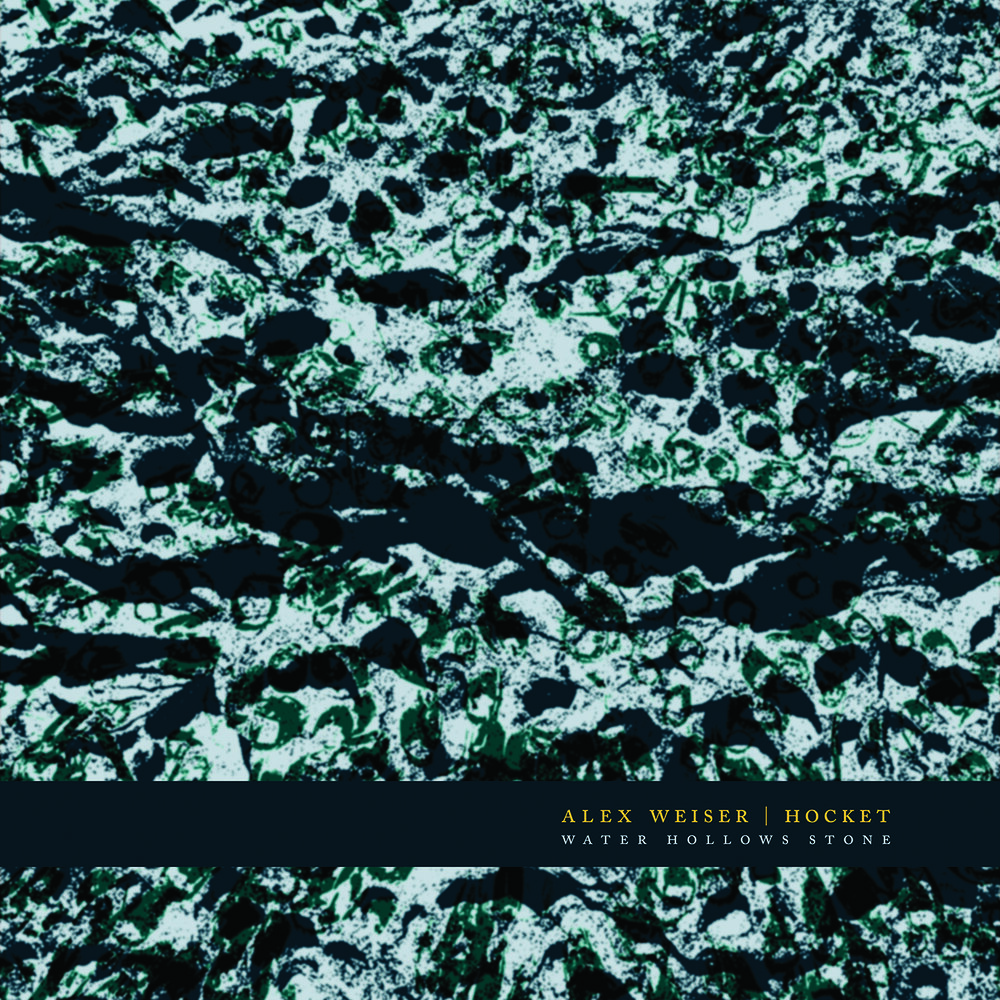On the back cover of the CD Weiser gives us the central thought behind all here. It comes out of encounters he had travelling through New York's Bryant Park subway station. Oddly enough (I missed this in my travels years ago) etched on the tiles of the walls there is a quote from the ancient Roman poet Ovid in Latin! Weiser unpacks it--water hollows stone bit by bit, accomplishing the seemingly impossible via a lengthy process facilitated by the gradual drip of long time, in interesting ways something of what Anthropologist Marshall Sahlins called "structures of the long run."
So Weiser on the back cover ties the aquatic process into the musical one, noting how a drip of water like a single musical note has no real power except in the continual process of its re-presentation. The music by its continual presence, repeating and moving forward, creates a force unknowable except in its processualizing. This uncanny temporal transformation in the composer's words, gives rise to "something that has the power to move is and change how we view the world." We might recall early Steve Reich works and how the emphasis too was on process, on gradual development and change over a relatively long time, on an instantiation only possible in the re-presentation.
So Weiser has created "Water Follows Stone," and following it giving us a punctuation in the terminus of "Fade." The two piano works enter the swim of time and life and introduce us to a kind of metonymic modeling of sound to analogize the water's long term changing ability. The movements "Waves," "Cascade" and "Mist" each devote note deliberation to different processual ends.
So "Waves" models a primordial maelstrom of darkness and void that transforms to the presence of creative waters in motion.
The ensuing "Cascade" is based on a misquotation of the 19th of Beethoven's Diabelli Variations, and a wonderful flowing thing it is, representing and suggesting the rise of civilizations, a "combination of imperfectly remembered models and innovation that results in a distinctive new character." And so it does this with musical sequences that are rather arrestingly compelling.
The final "Mist" borrows an idea of composer Helmut Lachenmann, to release notes from a given chord singly and consecutively to emphasizes the utterance of sounding as well as the eventual decay in time.
The point of it all ultimately of course is to give you a fantastic listening experience. I find it so. Listen to the flow and gradually you will find in time you are part of it, you are in it and of it. Recommended. Give it a good listen by all means.

No comments:
Post a Comment